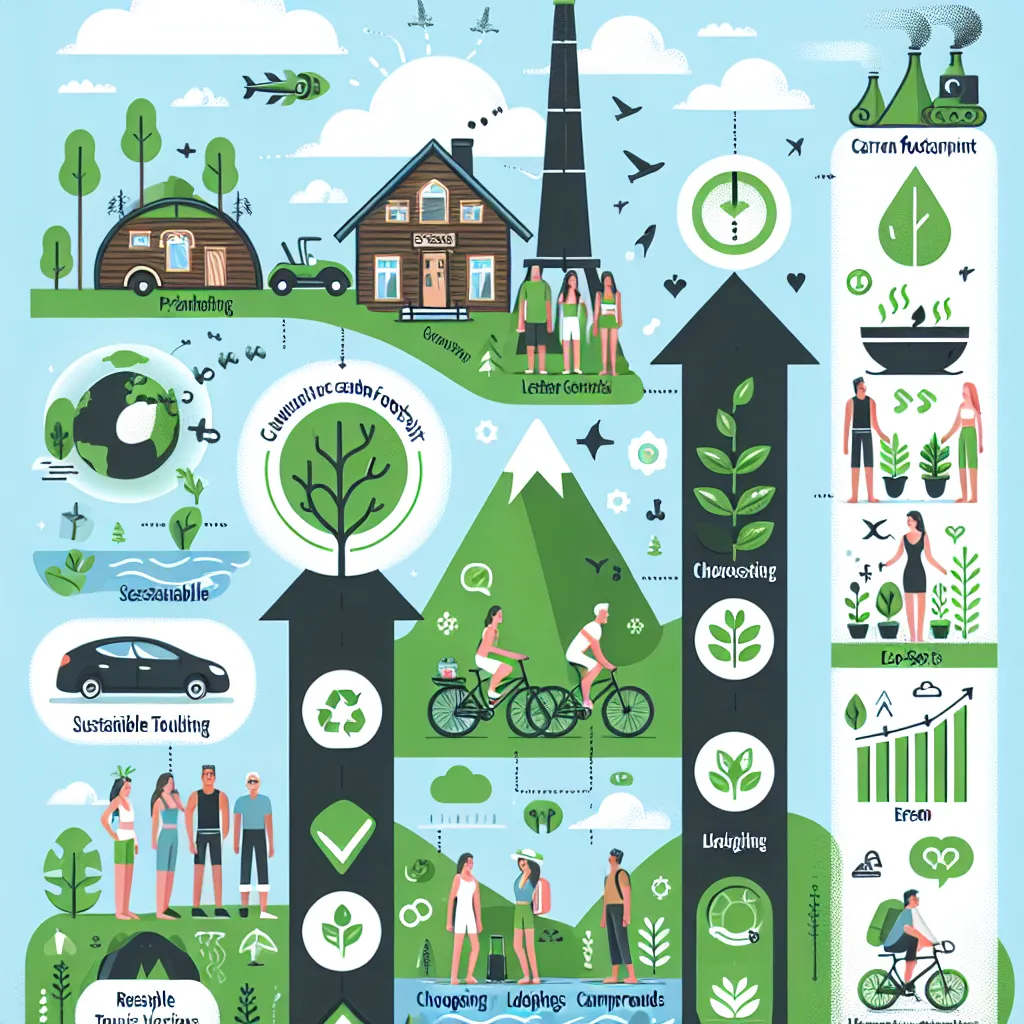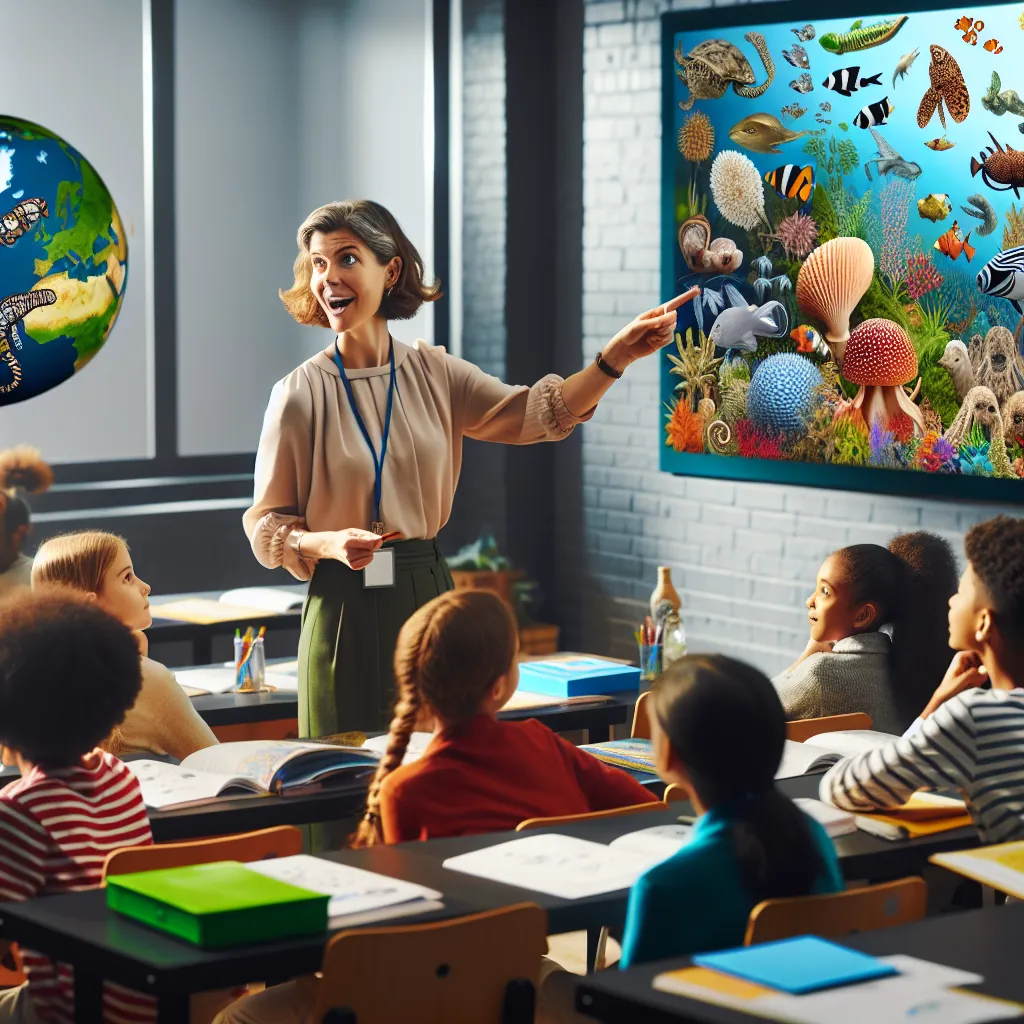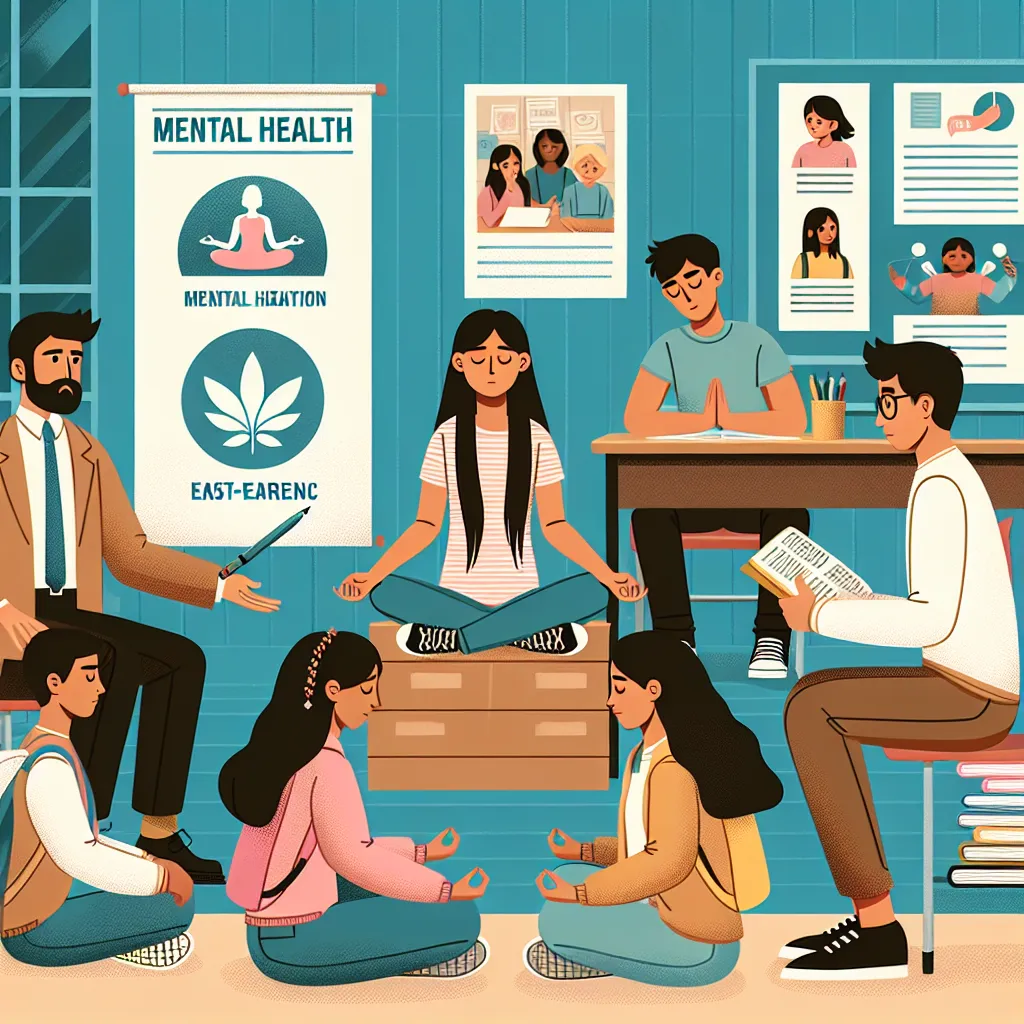The IELTS Reading section is a crucial component of the test, requiring candidates to demonstrate their ability to comprehend complex texts and answer various question types. Today, we’ll focus on a topic that has gained significant attention in recent years: reducing carbon footprints while traveling. This subject has appeared in several past IELTS exams and, given its growing importance in global discussions about climate change and sustainable tourism, it’s likely to feature in future tests as well.
Table Of Contents
 Sustainable Travel Infographic
Sustainable Travel Infographic
Let’s dive into a practice reading passage on this topic, followed by a set of questions that mirror the IELTS exam format. This exercise will help you improve your reading skills while also learning about environmentally conscious travel practices.
Reading Passage
Greening Your Travels: Reducing Your Carbon Footprint on the Go
As global awareness of climate change continues to grow, many travelers are seeking ways to minimize their environmental impact while exploring the world. The concept of reducing one’s carbon footprint – the total amount of greenhouse gases produced directly or indirectly by human activities – has become increasingly important in the tourism industry. This article explores various strategies that travelers can employ to lessen their carbon footprint and contribute to more sustainable tourism practices.
One of the most significant contributors to a traveler’s carbon footprint is transportation. Air travel, in particular, is a major source of carbon emissions. To mitigate this impact, consider opting for direct flights when possible, as takeoffs and landings consume the most fuel. Additionally, choosing economy class over business or first class can reduce your individual carbon footprint, as it allows for more efficient use of aircraft space. For shorter distances, consider alternative modes of transportation such as trains or buses, which generally have lower emissions per passenger.
Once at your destination, prioritize eco-friendly accommodations. Many hotels and resorts now offer green certifications, indicating their commitment to sustainable practices. These may include energy-efficient lighting and appliances, water conservation measures, and waste reduction programs. Some establishments even use renewable energy sources like solar or wind power. Alternatively, consider staying in locally-owned guesthouses or eco-lodges, which often have a smaller environmental footprint and contribute more directly to the local economy.
Your choice of activities can also significantly impact your carbon footprint while traveling. Opt for low-impact activities such as hiking, cycling, or kayaking, which allow you to explore natural environments without relying on motorized transportation. When visiting attractions, choose those that prioritize conservation and sustainability. Many wildlife sanctuaries and national parks, for example, use tourism revenue to fund important conservation efforts.
Mindful consumption is another key aspect of reducing your carbon footprint while traveling. Bring a reusable water bottle and shopping bag to minimize plastic waste. Choose locally-sourced food and products to reduce transportation emissions and support the local economy. Be conscious of your energy and water usage in your accommodation, treating resources as you would at home.
Carbon offsetting has emerged as a popular way for travelers to compensate for their unavoidable emissions. This involves investing in environmental projects that reduce greenhouse gas emissions, such as reforestation or renewable energy initiatives. While not a substitute for reducing emissions, carbon offsetting can be a valuable complementary strategy for environmentally conscious travelers.
Lastly, consider the length and frequency of your trips. Taking fewer, longer vacations instead of multiple short trips can significantly reduce your overall travel-related carbon footprint. This approach not only lessens the environmental impact of frequent flights but also allows for a more immersive travel experience.
By implementing these strategies, travelers can significantly reduce their carbon footprint while still enjoying enriching experiences around the world. As the tourism industry continues to evolve, embracing sustainable practices is not just an option, but a necessity for preserving the planet’s natural beauty and resources for future generations.
Questions
True/False/Not Given
Determine if the following statements are True, False, or Not Given based on the information in the passage.
- Direct flights are always more environmentally friendly than flights with layovers.
- Economy class seats contribute less to an individual’s carbon footprint than business or first-class seats.
- All eco-lodges use renewable energy sources.
- Carbon offsetting is the most effective way to reduce one’s carbon footprint while traveling.
- Longer, less frequent trips are generally more environmentally friendly than multiple short trips.
Multiple Choice
Choose the correct letter, A, B, C, or D.
-
According to the passage, which of the following is the most significant contributor to a traveler’s carbon footprint?
A) Accommodation choices
B) Transportation
C) Food consumption
D) Tourist activities -
The passage suggests that travelers can reduce their carbon footprint by:
A) Always choosing air travel over land transportation
B) Staying in large, international hotel chains
C) Participating in motorized tours of natural areas
D) Selecting locally-owned accommodations
Matching Headings
Match the following headings to the correct paragraphs in the passage. Write the correct number (i-vii) next to questions 8-12.
i. The impact of accommodation choices
ii. The role of carbon offsetting in sustainable travel
iii. Transportation’s effect on carbon footprint
iv. The importance of sustainable tourism practices
v. Choosing environmentally friendly activities
vi. Responsible consumption while traveling
vii. Balancing trip frequency and duration
- Paragraph 2 ____
- Paragraph 3 ____
- Paragraph 4 ____
- Paragraph 5 ____
- Paragraph 7 ____
Short Answer Questions
Answer the following questions using NO MORE THAN THREE WORDS from the passage for each answer.
- What type of lighting do many eco-friendly accommodations use to reduce energy consumption?
- Name two low-impact activities mentioned in the passage that allow travelers to explore natural environments.
- What should travelers bring to minimize plastic waste while on their trip?
Answer Key and Explanations
-
True – The passage states, “consider opting for direct flights when possible, as takeoffs and landings consume the most fuel.”
-
True – The text mentions, “choosing economy class over business or first class can reduce your individual carbon footprint.”
-
Not Given – While the passage mentions some establishments use renewable energy, it doesn’t state that all eco-lodges do.
-
False – The passage describes carbon offsetting as “a valuable complementary strategy” but not the most effective way.
-
True – The final paragraph states that “Taking fewer, longer vacations instead of multiple short trips can significantly reduce your overall travel-related carbon footprint.”
-
B) Transportation – The passage identifies transportation, particularly air travel, as “the most significant contributors to a traveler’s carbon footprint.”
-
D) Selecting locally-owned accommodations – The text suggests “staying in locally-owned guesthouses or eco-lodges, which often have a smaller environmental footprint.”
-
iii
-
i
-
v
-
vi
-
vii
-
Energy-efficient
-
Hiking, cycling (or kayaking)
-
Reusable water bottle
Common Mistakes to Avoid
- Overlooking key words: Pay attention to qualifiers like “all,” “always,” or “most” in True/False/Not Given questions.
- Relying on prior knowledge: Base your answers solely on the information provided in the passage.
- Misinterpreting implied information: For Not Given answers, ensure the information is neither explicitly stated nor can be logically inferred from the text.
- Copying too many words: In short answer questions, stick to the word limit and use words directly from the passage.
Vocabulary
- Carbon footprint: /ˈkɑːbən ˈfʊtprɪnt/ (noun) – The amount of carbon dioxide released into the atmosphere as a result of one’s activities.
- Mitigate: /ˈmɪtɪɡeɪt/ (verb) – To make less severe or serious.
- Sustainable: /səˈsteɪnəbl/ (adjective) – Able to be maintained at a certain rate or level.
- Eco-friendly: /ˈiːkəʊ ˈfrendli/ (adjective) – Not harmful to the environment.
- Carbon offsetting: /ˈkɑːbən ˈɒfsetɪŋ/ (noun) – The action of compensating for carbon dioxide emissions by participating in schemes designed to make equivalent reductions of carbon dioxide in the atmosphere.
Grammar Focus
Passive Voice: The passive voice is often used in academic and scientific writing to emphasize the action rather than the doer. For example:
“Many hotels and resorts now offer green certifications” (active voice)
can be rewritten as:
“Green certifications are now offered by many hotels and resorts” (passive voice)
Practice forming passive sentences to improve your writing style for the IELTS exam.
Tips for Success in IELTS Reading
- Time management: Allocate your time wisely across all sections of the reading test.
- Skim and scan: Quickly skim the passage for main ideas, then scan for specific information.
- Read questions carefully: Understand exactly what each question is asking before searching for the answer.
- Use context clues: If you encounter unfamiliar vocabulary, try to deduce the meaning from the surrounding context.
- Practice regularly: Consistent practice with various question types and topics will improve your speed and accuracy.
Remember, improving your reading skills takes time and dedication. Regular practice with authentic IELTS materials and a focus on expanding your vocabulary will help you achieve your desired score. For more tips on preparing for the IELTS exam, check out our guides on how to reduce your carbon footprint at home and how to practice responsible tourism.
By incorporating these strategies and continuously challenging yourself with practice tests, you’ll be well-prepared to tackle the IELTS Reading section with confidence. Good luck with your IELTS journey!


